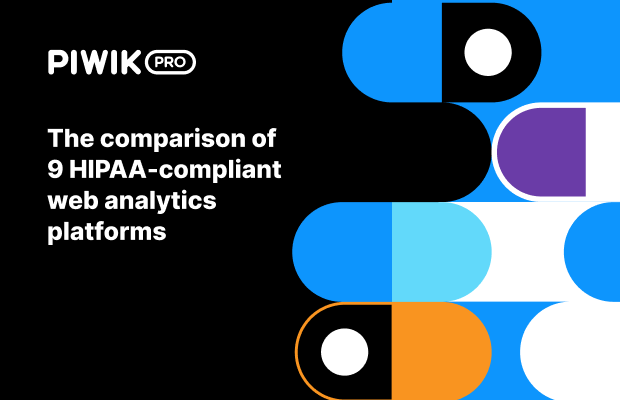Direct traffic refers to traffic where the referrer or source is unknown.
This traffic source appears in analytics platforms, typically as part of acquisition reports. It includes direct entries to your pages and visits to bookmarked pages, indicating users are already familiar with your brand.
However, there can be many other situations where visits can be classified as direct traffic:
- Traffic from email marketing campaigns.
- Traffic from offline documents, like PDF files, presentation slides, Word documents, etc.
- Entries from private social media channels that can’t be tracked, such as Facebook Messenger, Slack, or WhatsApp.
- Visits by customers logged in to their accounts.
- Wrong attribution of traffic source by the browser.
In some cases, direct traffic results from errors – but you are able to address them:
- Referrals from HTTPS to HTTP – ensure you migrate all URLs to HTTPS.
- Missing or broken tracking codes, such as the wrong formatting of UTM parameters – ensure you correctly tag your campaigns.
- Incorrect or excessive Redirection – work with your developers to manage improper redirects.
Every business will report some amount of direct traffic, so you can’t fully eradicate it. However, you can minimize it by addressing the above-mentioned errors.
Direct traffic doesn’t give you an accurate overview of where your visitors come from. This impacts your Conversion attribution and prevents you from accurately assessing how your other sources are performing.









